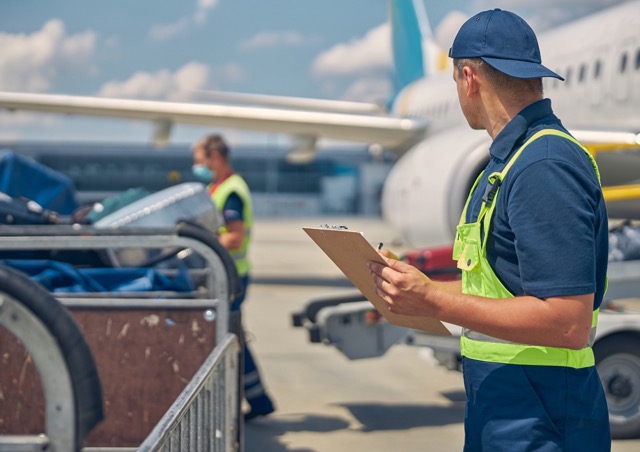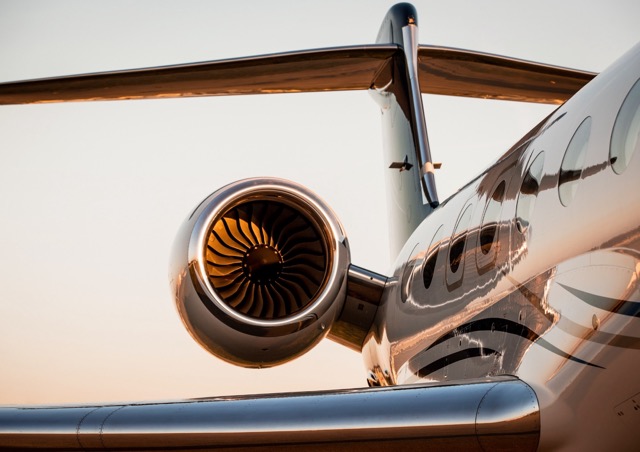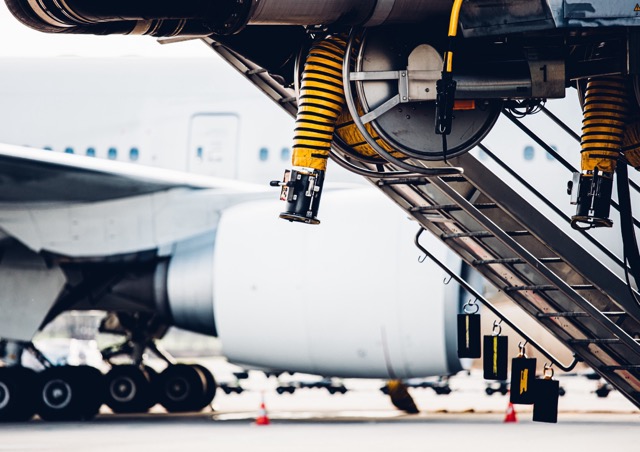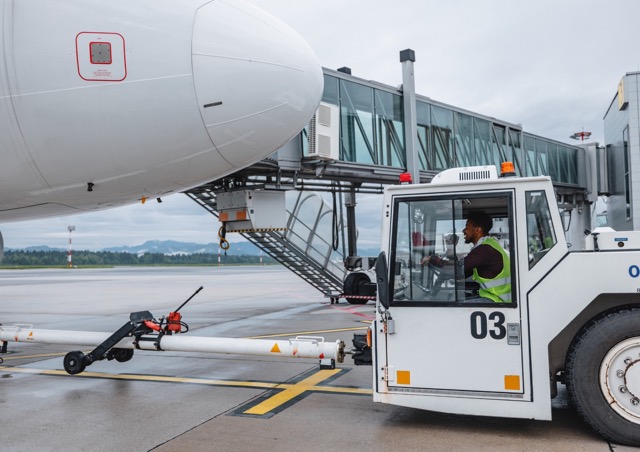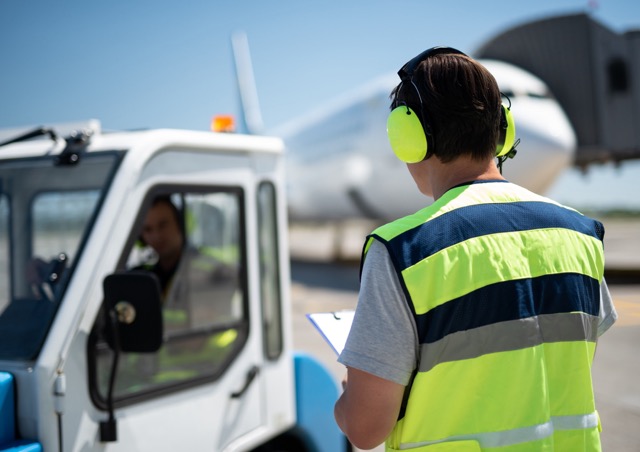Ground handling plays a crucial role in modern air operations. It encompasses a complex set of activities that ensure smooth flight operations, from passengers’ arrival at the airport to the aircraft’s takeoff. This meticulous coordination impacts the safety, efficiency, and punctuality of airlines, thereby shaping the overall travel experience.
In this article, we will explore the essential aspects of ground handling. We will examine the evolution of these practices, the processes of check-in and boarding, baggage and cargo management, as well as aircraft maintenance. Additionally, we will address flight planning, air traffic control, and the management of exceptional situations. Understanding these elements is essential to grasp the complexity of modern air operations.
Evolution of Ground Handling in Modern Aviation
History of Ground Handling Practices
Ground handling has undergone remarkable evolution in air operation since the early days of aviation. Initially, ground operations were rudimentary, relying mainly on basic tools and manual labor. Aviation pioneers, such as the Wright brothers, quickly understood the importance of ground support in ensuring the success of flights.
During World War I, significant advancements in aviation led to an increased need for specialized ground support equipment. This period saw the emergence of innovations like the Hucks starter, originally designed for agriculture, which found application in aviation by providing the necessary starting power for piston engines.
After the war, the rapid expansion of commercial aviation led to the evolution of ground handling practices. Companies like John Bean, later known as FMC Corporation, introduced essential equipment such as de-icers, freight handling systems, and baggage loaders, improving the efficiency of air operations.
Current and Future Trends
Today, ground handling faces major challenges and opportunities for innovation. One of the most significant trends is the adoption of electric ground support equipment (GSE). This transition to electric equipment helps significantly reduce CO2 emissions and improves air quality at airports, creating a healthier work environment for ground staff.
Automation and technology also play a crucial role in the evolution of ground handling. The use of telemetry and sensors allows for increased precision in equipment movements and provides detailed information about their usage. Specialized software helps optimize team organization and resource deployment, thus improving real-time decision-making quality.


Adaptation to New Regulations
The ground handling industry must adapt to new regulations aimed at improving the safety and efficiency of operations. The European Union Aviation Safety Agency (EASA) recently proposed the first European regulation for ground handling at airports within the European Union. This regulation, expected to take effect between 2026 and 2028, will have a significant impact on airlines and airports.
The new regulations emphasize the integration of Safety Management Systems (SMS) into ground handling operations. This involves a more systematic approach to risk identification and management, as well as better coordination among different airport stakeholders.
In conclusion, the evolution of ground handling in modern aviation is marked by a transition towards more sustainable practices, increased adoption of technology, and adaptation to new regulations. These changes aim to improve the efficiency, safety, and sustainability of air operations while addressing the growing challenges of increased air traffic and environmental demands.
Check-in and Boarding Processes
The check-in and boarding process is a crucial aspect of ground handling in modern airports. The efficiency of these operations has a direct impact on passengers’ experience and flight punctuality. Airports and airlines implement various technologies and procedures to optimize these processes.

Self-Check-in Technologies
The adoption of self-check-in technologies has revolutionized how passengers begin their journey. Self-service kiosks have become ubiquitous in airports, allowing travelers to check in, print their boarding passes, and tag their luggage without interacting with airline staff. These kiosks offer an intuitive, user-friendly interface that guides passengers through each step of the process.
The integration of biometrics into these self-check-in systems has further enhanced security and efficiency. Facial recognition, fingerprint scanning, and iris scanning are increasingly used to verify passengers’ identities. This technology not only speeds up the check-in process but also enhances security by reducing the risk of human error.
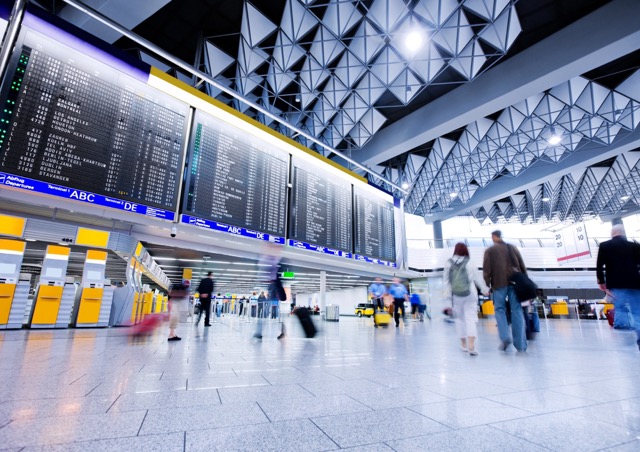

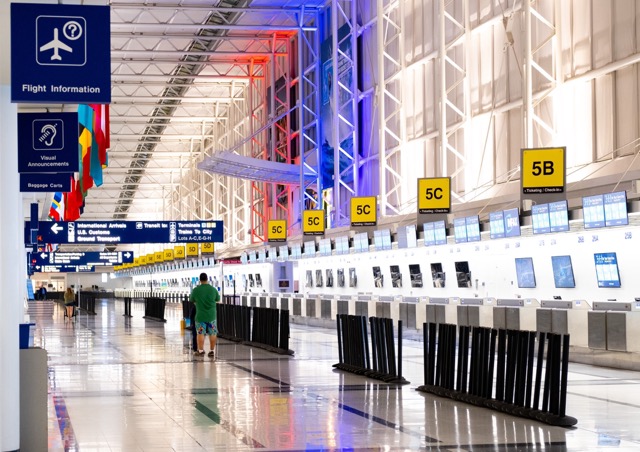
Ground Handling : Air operations : Queue Management
Efficient queue management is essential to maintain a smooth flow of passengers and reduce waiting times. Airports use sophisticated queue management systems that rely on people-counting technologies and real-time data analysis. These systems help anticipate traffic peaks and allocate resources optimally.
A notable innovation in this field is the introduction of virtual queues. This technology allows passengers to book a time slot for check-in or security screening, eliminating the need for physical queuing. Passengers typically receive a QR code they can scan upon arrival at the checkpoint, significantly reducing wait times and improving the overall experience.
Efficient Boarding Procedures
Boarding is often considered one of the bottlenecks in air operations. To improve the efficiency of this process, many airlines are experimenting with different boarding methods. Contrary to popular belief, boarding from the back to the front is not always the fastest method.
Studies have shown that alternative methods, such as window-middle-aisle boarding or more complex methods like the Steffen method, can significantly reduce boarding time. These approaches aim to minimize aisle congestion and allow multiple passengers to store their luggage simultaneously.
The use of biometric technology also extends to the boarding process. Passengers can now board using just their face as their boarding pass, speeding up the process and reducing physical contact.
In conclusion, the continuous improvement of check-in and boarding processes is essential for efficient ground handling. The adoption of advanced technologies and the optimization of procedures not only improve passengers’ experience but also increase the operational efficiency of airports and airlines.
Aircraft Maintenance and Preparation
Aircraft maintenance and preparation are critical aspects of ground handling, essential for ensuring the safety and efficiency of air operations. These processes involve a series of meticulous and coordinated activities aimed at ensuring that each aircraft is in perfect working order before takeoff.
Pre-flight Inspections
Pre-flight inspections are a fundamental step in aircraft preparation. As soon as the aircraft arrives at the gate, a thorough inspection is carried out to determine if any maintenance work is needed. This inspection includes a visual assessment of the exterior of the aircraft to detect any visible damage or irregularities.
Technicians and engineers carefully examine the fuselage, wings, engines, and other external components, looking for signs of damage such as dents, scratches, or loose parts. Special attention is paid to the tires, brakes, and landing gear to identify any issues that could affect the aircraft’s performance.
If any maintenance issues are identified, maintenance teams quickly intervene to resolve them. This can involve replacing defective components, repairing damaged parts, or performing more in-depth maintenance procedures. The goal is to complete all necessary repairs within the allocated turnaround time to minimize delays.

Ground Handling : Air operations : Cleaning and Stocking
Cleaning and stocking are essential aspects of aircraft preparation, contributing both to passenger safety and comfort. Cleaning crews meticulously clean the aircraft cabin, ensuring that all surfaces, seats, and amenities are spotless. They use appropriate cleaning agents to disinfect the cabin, paying particular attention to frequently touched areas such as tray tables, armrests, and restrooms.
This thorough cleaning process creates a fresh and welcoming environment for the next group of passengers. It also plays a crucial role in maintaining hygiene and safety standards, which are especially important in today’s aviation context.
The cabin crew restocks the aircraft’s galley with a variety of food and beverages to meet passengers’ needs. They ensure there is an adequate supply of meals, snacks, and refreshments, taking into account any special dietary requirements or preferences indicated by passengers. A well-stocked galley allows the cabin crew to provide excellent in-flight service during the next flight.
In addition to food and beverages, the aircraft’s amenities are also replenished. This includes restocking items such as blankets, pillows, headphones, and reading materials. By ensuring a sufficient supply of amenities, the airline strives to enhance passenger comfort and convenience throughout their journey.
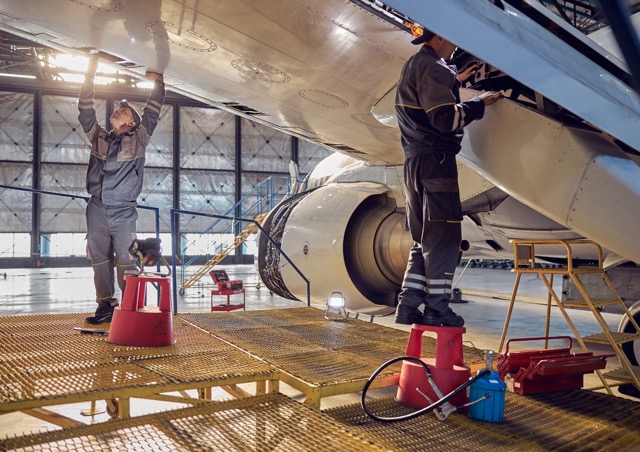
Coordination of Maintenance Teams
Effective coordination of maintenance teams is essential to ensure smooth and efficient ground handling operations. Ground staff play a crucial role in managing the turnaround process. They coordinate various activities, ensuring that each task is completed quickly and efficiently. Ground staff communicate with the different teams involved in the turnaround, such as maintenance, cleaning, and catering, to ensure a seamless operation.
The importance of teamwork in aviation maintenance has been increasingly recognized over the past two decades, acknowledging the need for managing and coordinating complex tasks. Maintenance teams work closely together to ensure that all necessary inspections, repairs, and preparations are carried out within the allotted time and to the highest standards.
The aircraft maintenance authority and the quality team ensure compliance with the highest safety, reliability, and performance standards. They oversee the entire maintenance and preparation process, ensuring that each task is carried out in accordance with regulations and industry best practices.
The implementation of advanced project management techniques enables airlines to ensure that every aspect of the turnaround process, from gate management to refueling and boarding, is executed with precision and efficiency. This coordinated approach helps to reduce turnaround times without compromising safety or service quality, a key objective for operational efficiency in the aviation industry.
In conclusion, aircraft maintenance and preparation are vital components of ground handling, requiring precise coordination, meticulous attention to detail, and a commitment to the highest safety standards. Though often invisible to most passengers, these processes are essential to ensuring safe, efficient, and punctual air operations.
Conclusion
Ground handling plays a crucial role in modern air operations, significantly influencing the safety, efficiency, and punctuality of airlines. From check-in to aircraft maintenance, each aspect contributes to shaping the overall passenger experience. The continuous evolution of technologies and practices in this field aims to improve productivity while adapting to new environmental and regulatory challenges.
Ultimately, ground handling is the invisible pillar that supports the smooth functioning of commercial aviation. Its importance continues to grow as the aviation industry expands and faces new demands. Careful coordination of the various ground teams and the adoption of new technologies are essential to ensuring safe, efficient, and punctual air operations, while providing passengers with a pleasant travel experience.

